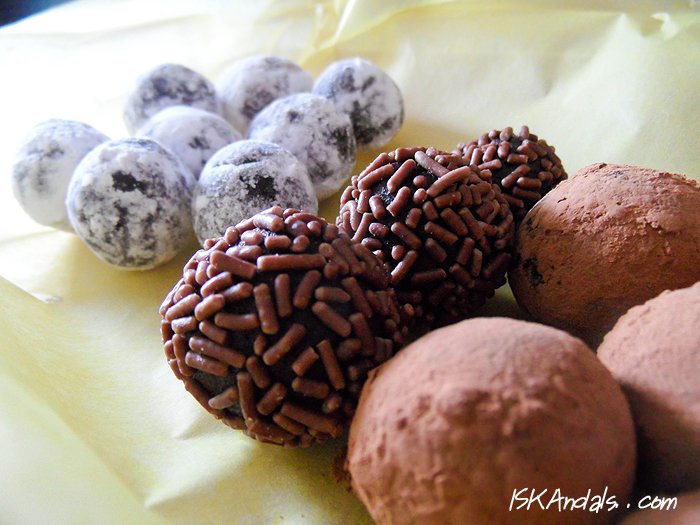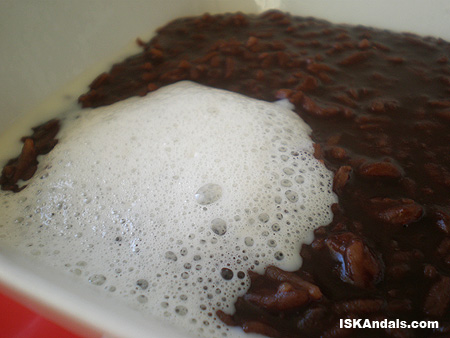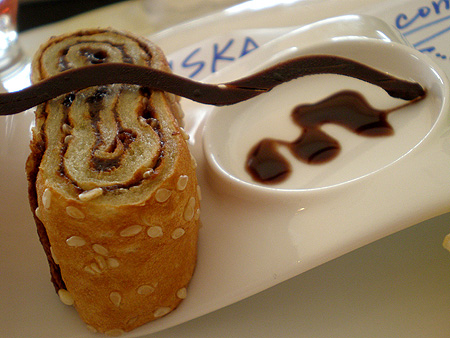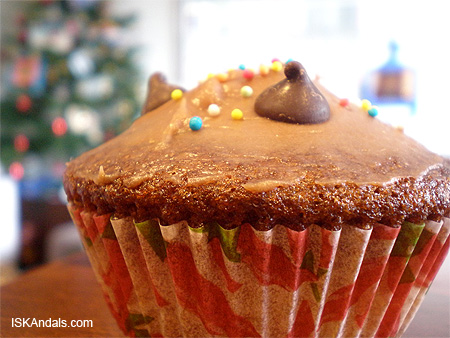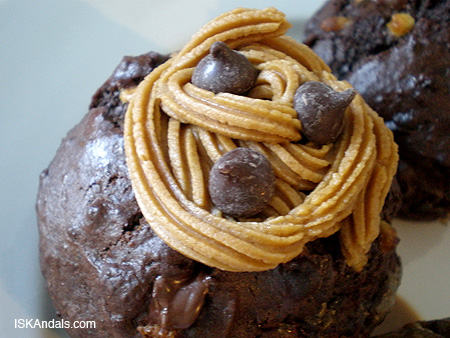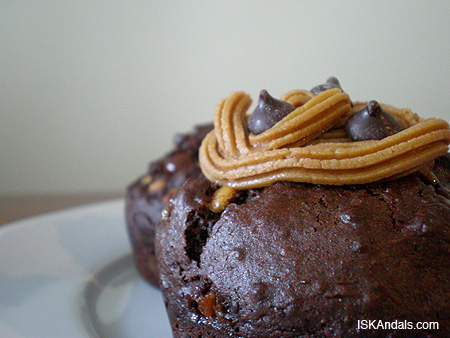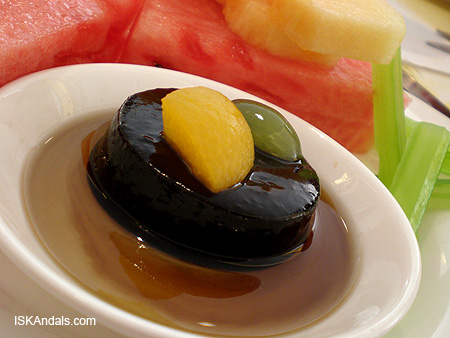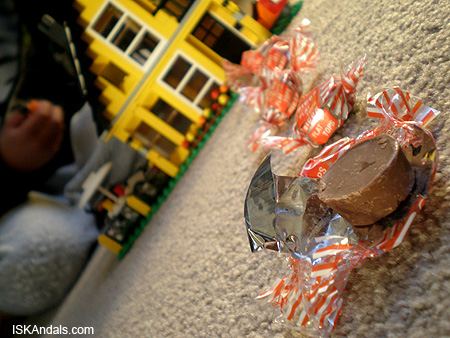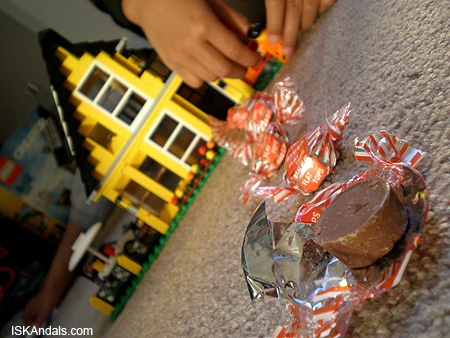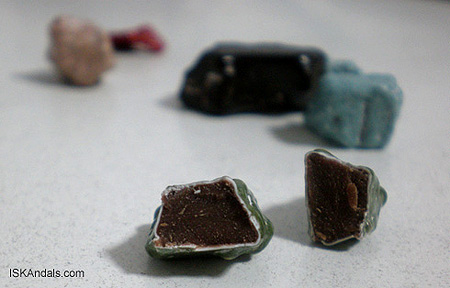Uh oh, the last of the Batangas tableas from my mom are gone! Can’t get enough of hot choco drink and champorado (chocolate rice as Cean calls it, which is like chocolate-flavored rice porridge). We’d surely miss the taste of these delightful chocolate tablets (or balls?) made from native cacao.
I was just thinking of writing down how I prepared the above but I read about the history of chocolate and I couldn’t resist the urge to share it. To summarize it all, the culinary use of cacao (or Theobroma which means ‘food for the gods’) especially as a beverage, is said to be 1st developed in what is now Mexico. It was passed on from the old inhabitants such as the lowland Maya to the other inhabitants of central Mexico. The Aztecs, in particular, took it to new heights of significance. The Spaniards then picked up the habit, the royals married to the French, and soon the choco drink became popular to Europeans just like coffee and tea. How the cacao plant reached the Philippines sometime in 1670 and how our ancestors experimented w/ this lovingly meticulous cacao processing that made it Filipino is another story I would rather hear from a qualified researcher. Like how true is this story of Spanish immigrant Jose Maria Pueo who arrived in the country and founded a chocolate factory in post-Colonial Intramuros. And I’m sure you’ve heard of tsokolate-eh (thick choco drink) preferred by Intramuros – affluent families and Spanish friars, as well as tsokolate-ah – the indio’s (poor man’s) watered down version from Joji.
The Mayan Indians of Central America and the Aztec Indians of Mexico were the original cultivators of cacao beans. They were growing cacao well before Columbus discovered America. Botanists believe that the cacao tree originated in the Amazon river basin in South America. In 1528, Hernando Cortes, the conqueror of Mexico, took some cacao beans to Spain. In 1606 the beans were introduced into Italy. and shortly after, people in Austria and France began to use them. By 1707 cocoa had become a fashionable beverage in London. Through the 17th century until early 1900’s the Spanish religious community built a reputation for high quality production of cooking chocolate, which they called ‘Tableas’.
Continue reading “Tableas: Hot Choco Drink & Champorado”
